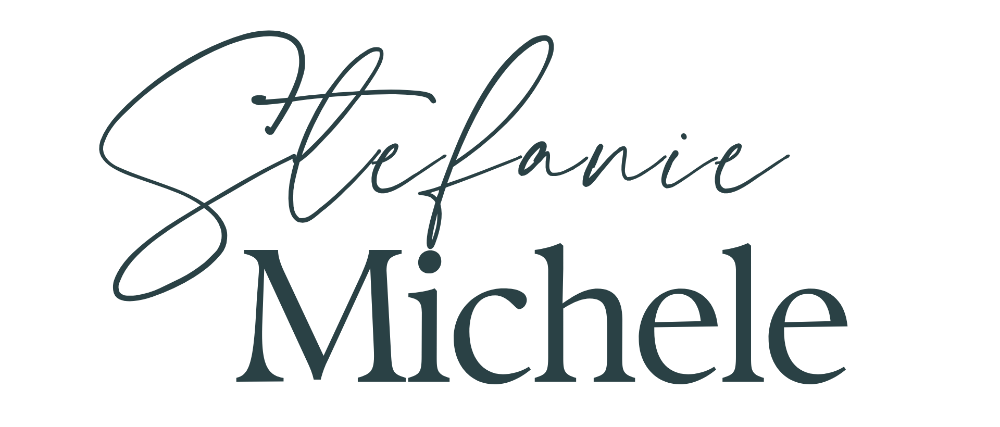
What Does Somatic Work Have To Do With Food Recovery?
Dec 30, 2023Technically, I started “working on” my nervous system a couple of years into recovery — after realizing just how much it intersected with my ability to stay regulated and maintain that recovery. But informally, it began much earlier. Because food stabilization itself is nervous system work. It is foundational for anxiety and depression management, and it set the stage for everything that followed.
Over the years, I’ve come to see how deeply somatic work and recovery from eating disorders, disordered eating, and body image issues overlap.
What is Somatic Work?
Somatic (meaning: of the body) work is an approach to healing that addresses the body’s experience of stress, whereas traditional therapies tend to focus on the mind.
Psych Central defines it as “a body-oriented approach to psychology.” The idea is that the body stores emotions — just as the brain houses thoughts — and these emotions can become trapped in the nervous system, especially after trauma or chronic stress. Somatic practices aim to resolve that stress through movement, breathwork, interoceptive awareness, sensory integration, and more.
How Somatic Work Supports Recovery
- It brings the body back online.
Disordered eating often comes with disconnection from the body. Being in the body may feel overwhelming, so we retreat into intellectualization instead. Somatic work helps reintegrate the body slowly and safely, allowing us to reconnect with cues like hunger and fullness. - It helps organize the mind.
For years, I funneled every emotion through intellect. My mind was overworked, trying to manage what my body was meant to help process. This left me anxious, depressed, and stuck in fight/flight or freeze. Somatic therapy gave my body permission to carry part of that load — creating clarity and calm that my mind couldn’t reach alone. - It offloads the burden from food.
Food is inherently sensory — taste, smell, texture, temperature, sound. It can function as a tool for regulation, whether we’re seeking integration or numbing. When we add somatic practices into our lives, food doesn’t have to shoulder that responsibility by itself. - It addresses the “other track.”
When body image anxiety floods in, our minds can remind us of diet culture’s lies, fatphobia, and the truth that body size isn’t a moral issue. But there’s a second track — the body’s reaction. Stress hormones flood the nervous system, and intellect can’t always reach that. Somatic tools help us ride the flood that logic can’t calm. - It gives us a sense of boundaries.
Without a clear felt sense of our body in space (proprioception), emotional boundaries can blur too. We may feel endless, “too big,” or bottomless. Reclaiming a physical sense of where we begin and end can help restore the emotional boundary of “enoughness.” - It offers a new experience of the body’s value.
If we only value our body for how it looks, we miss everything else it offers: tools for regulation, constant streams of sensory information, the ability to experience calm and connection. Somatic work reframes the body as a resource instead of a burden — a shift that can be profoundly healing.
Moving Forward
Somatic and nervous system work have been essential in my own recovery maintenance — not as an “extra,” but as a foundation. They are also at the heart of how I work with clients today.
Apply here to work with me, and let’s explore how nervous system regulation can support your recovery.

